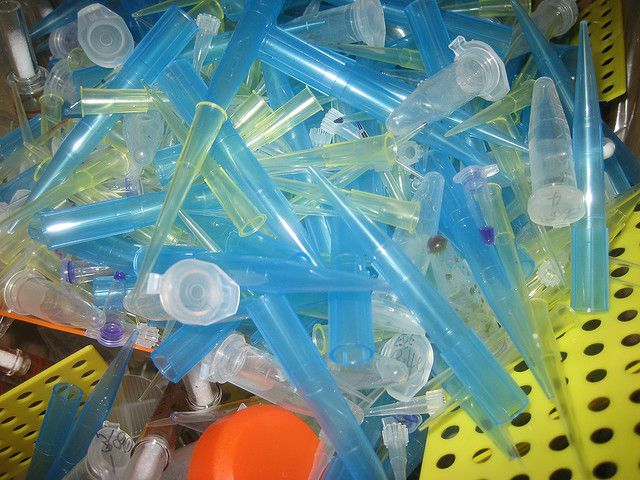-
 Prokaryote
Prokaryote
-
 Azotaemia
Azotaemia
-
 Datagram
Datagram
-
 Iron-bearing formation
Iron-bearing formation
-
 Becquerel
Becquerel
-
 W boson
W boson
-
 Gypsum
Gypsum
-
 Proxima Centauri
Proxima Centauri
-
 Stroke
Stroke
-
 Anti-TNF
Anti-TNF
-
 Diurnal parallax
Diurnal parallax
-
 Ailanthus
Ailanthus
-
 Polyposis
Polyposis
-
 Red Spot Junior
Red Spot Junior
-
 Alar bar
Alar bar
-
 Heterotrophic
Heterotrophic
-
 FPGA
FPGA
-
 Heliography
Heliography
-
 Autumn equinox
Autumn equinox
-
 Fading
Fading
-
 Total suspended solids
Total suspended solids
-
 Isotropic
Isotropic
-
 Dermatitis
Dermatitis
-
 WiMAX
WiMAX
-
 Febrile
Febrile
-
 Amphidromic point
Amphidromic point
-
 Volcanism
Volcanism
-
 Optimum pH
Optimum pH
-
 Longitude
Longitude
-
 Fentes alpines
Fentes alpines
Hazardous waste
Hazardous waste is waste that, due to its composition or properties, poses a threat to human health or to the environment.
This type of waste must undergo a series of specific processes in order to reduce toxicity and the risk of contamination. Hazardous waste therefore requires specific collection, transportation, treatment, recycling and disposal procedures.
Different types of hazardous waste
There are different types of hazardous waste defined by origin:
- hazardous household waste (HHW) is produced by households, and includes aerosols, gardening products, DIY products, mercury thermometers, etc.;
- hazardous industrial waste (HIW) produced by heavy industry and businesses, such as clinker , sewage sludge, solvents, phytosanitary waste, etc.;
- medical waste that poses a risk of infection and assimilated waste (in France, this is referred to by the acronym 'DASRIA'). Medical waste is produced by hospitals and veterinary centres, and includes items such as syringes, cultures, anatomical fragments, dressings, etc.
In France there is a plan to manage all of this type of waste:the regional dangerous waste elimination plan (PREDD).
 Medical analysis laboratories produce a large amount of waste that has a risk of infection. This waste must be subjected to specialised treatment. © Simon Li CC by-nc-sa 2.0
Medical analysis laboratories produce a large amount of waste that has a risk of infection. This waste must be subjected to specialised treatment. © Simon Li CC by-nc-sa 2.0
Latest
Fill out my online form.



